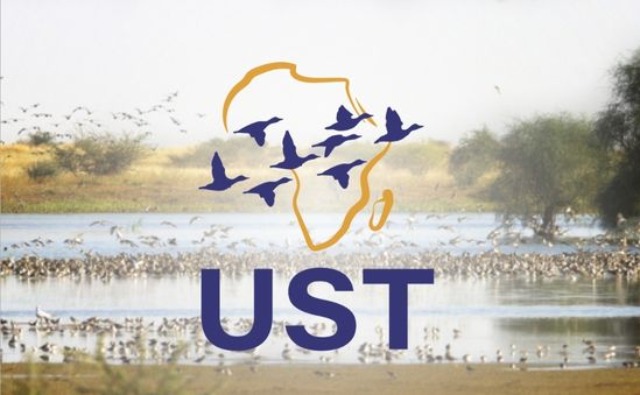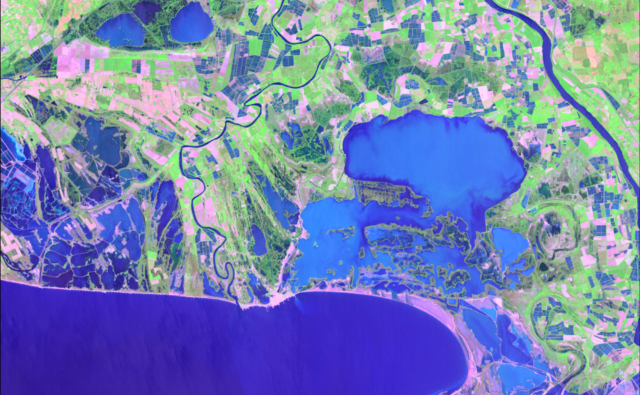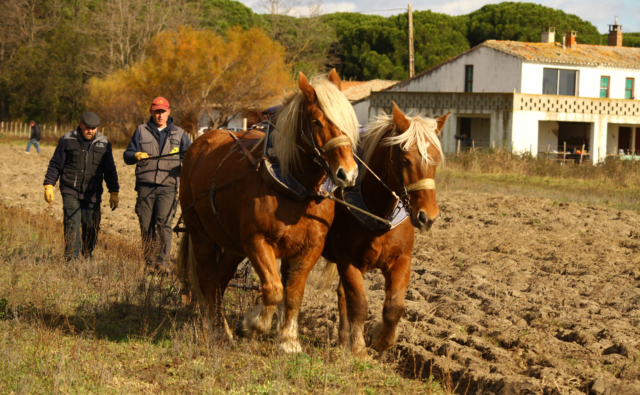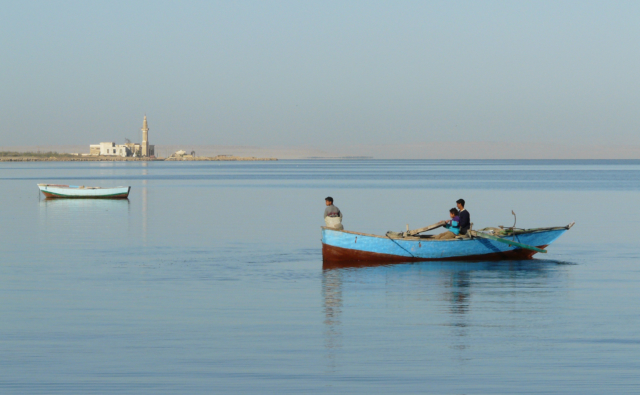In two letters addressed to the Ministers of Ecological Transition and Agriculture, a group of environmental stakeholders express their concern about the impact of the implementation in France of the BCAE2 (Bonne Condition Agricole et Environnementale) standard : ” Protection of wetlands and peatlands”.
Tour du Valat is co-signatory to two letters calling on the Ministers of Ecological Transition and Agriculture regarding the ministerial decision taken on 17 July, concerning the criteria for applying the BCAE2, a European standard which conditions part of the CAP (Common Agricultural Policy) aid.
The current administrative mapping plan limits its scope to RAMSAR sites and peat bogs listed at national level. This decision would leave out many territories and wetlands, putting them at obvious risk of drainage for agricultural use. This decision would wipe out decades of efforts to preserve wetlands, which continue to regress despite national plans dedicated to their conservation.
The group of heads of protected area networks, together with the major environmental protection NGOs, are calling for an urgent review of these allocation criteria to include all wetlands identified in the inventories of the French Wetlands Data Partnership Network (RPDZH). The preservation of wetlands is critical to the future of various human activities, particularly agriculture, in the face of the combined crises of climate and biodiversity. This is why it is necessary for this GAEC2 to apply to all the wetlands inventoried in France.

Another worrying piece of news for the future of wetlands had already caught our attention this summer, with the publication of the Order of 3 July 2024 (amending the Order of 9 June 2021), which simplifies the conditions for creating small water bodies in wetlands. Although the creation of water bodies with a surface area of less than one hectare in wetlands is still subject to declaration, it is no longer subject to the requirements of article 4 of the Order of 9 June 2021, namely :
“The creation of a water body in a wetland can only take place if it is part of an operation to restore the wetland, or if the project to create the water body complies with the following conditions :
- the creation of the water body is in the overriding public interest or the expected benefits of the project in terms of human health, maintaining personal safety or sustainable development outweigh the benefits for the environment and society associated with preserving the functions of the wetland, modified, altered or destroyed by the project ;
- the beneficial objectives pursued by the project cannot, for reasons of technical feasibility or disproportionate cost, be achieved by other means that would constitute a significantly better environmental option ;
- the measures to reduce and compensate for the impact that cannot be avoided are taken with a view to maximum effectiveness.”



